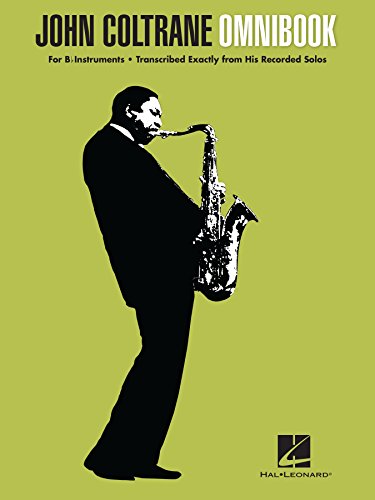Ascending Scale with Neighbor Motion in John Coltrane's Giant Steps Solo
One of the most useful features of the so-called bebop scale is that it lays so well over 4/4 time. Start at the root of the chord, ascending or descending, eight notes later, you're back at the root. It's a handy tool for beginning and intermediate students to get the feel of swinging a linear scale pattern over the length of a measure. For more advanced soloists, it provides some contrast to more sophisticated or complex passages.
This pattern from John Coltrane's Giant Steps solo feels much the same but with a less chromatic feel to it. Ironically, the added leap at the end that provides the neighbor motion that leads to the first note of the next measure feels more idiomatic of bebop than the bebop scale. It fits into Coltrane's bag of tricks due its similarity to (or extension of) his signature 1-2-3-5 pattern. The second half of this pattern is in fact that signature 1-2-3-5 pattern beginning on the fifth scale degree of the chord. Coltrane utilizes this pattern 5 different times over the course of his Giant Steps solo, each time in the third measure of a chorus.
The full transcription of John Coltrane's Giant Steps solo can be found in the John Coltrane Omnibook. It contains 52 transcriptions of John Coltrane's solos and is available in versions for C, E-flat, B-flat, and Bass Clef instruments. Because of their speed, Coltrane's solos can be particularly difficult to transcribe by hand. This collection makes understanding the details of his style and technique more accessible to anyone willing to take the time to listen and read along.
